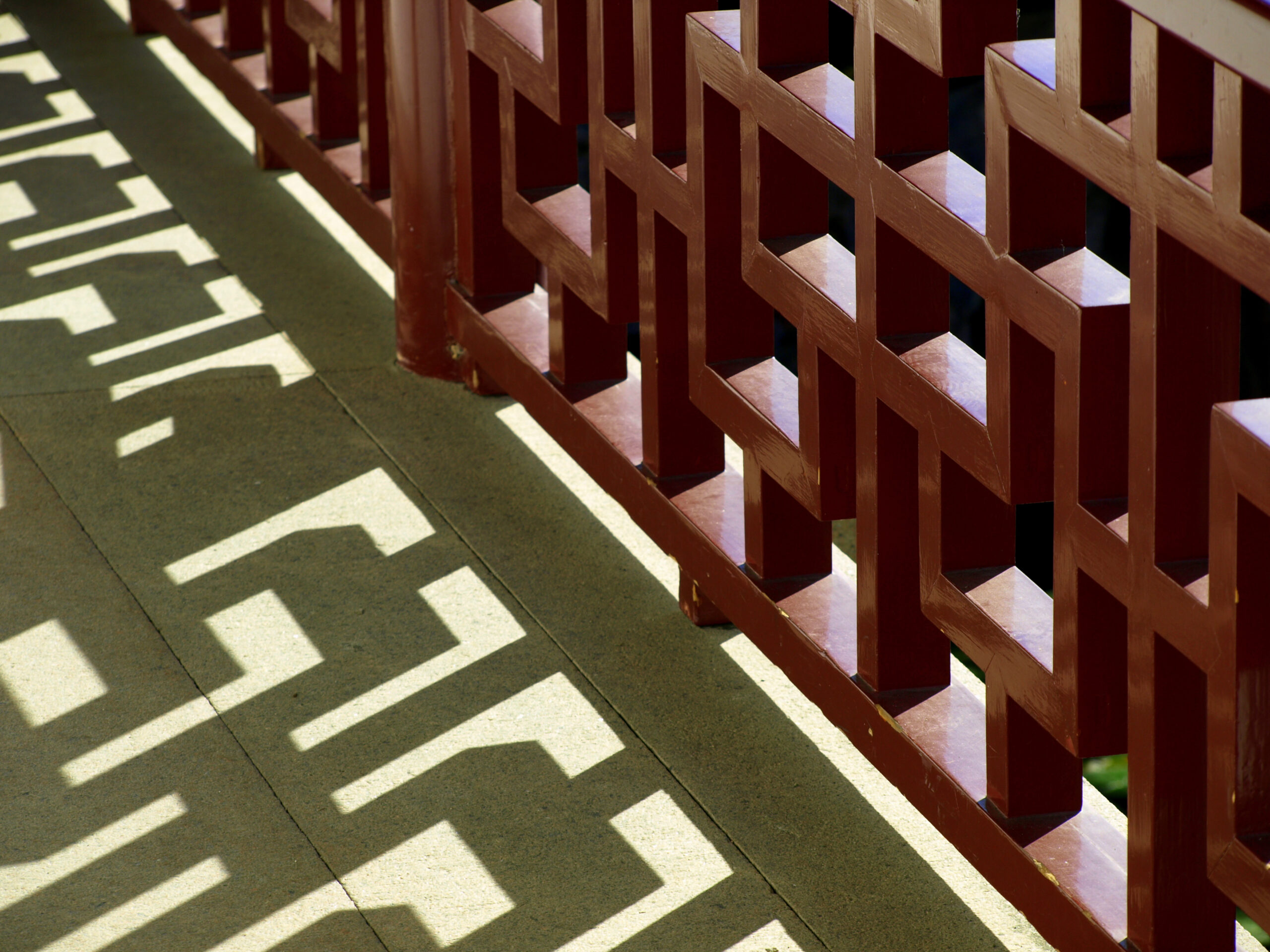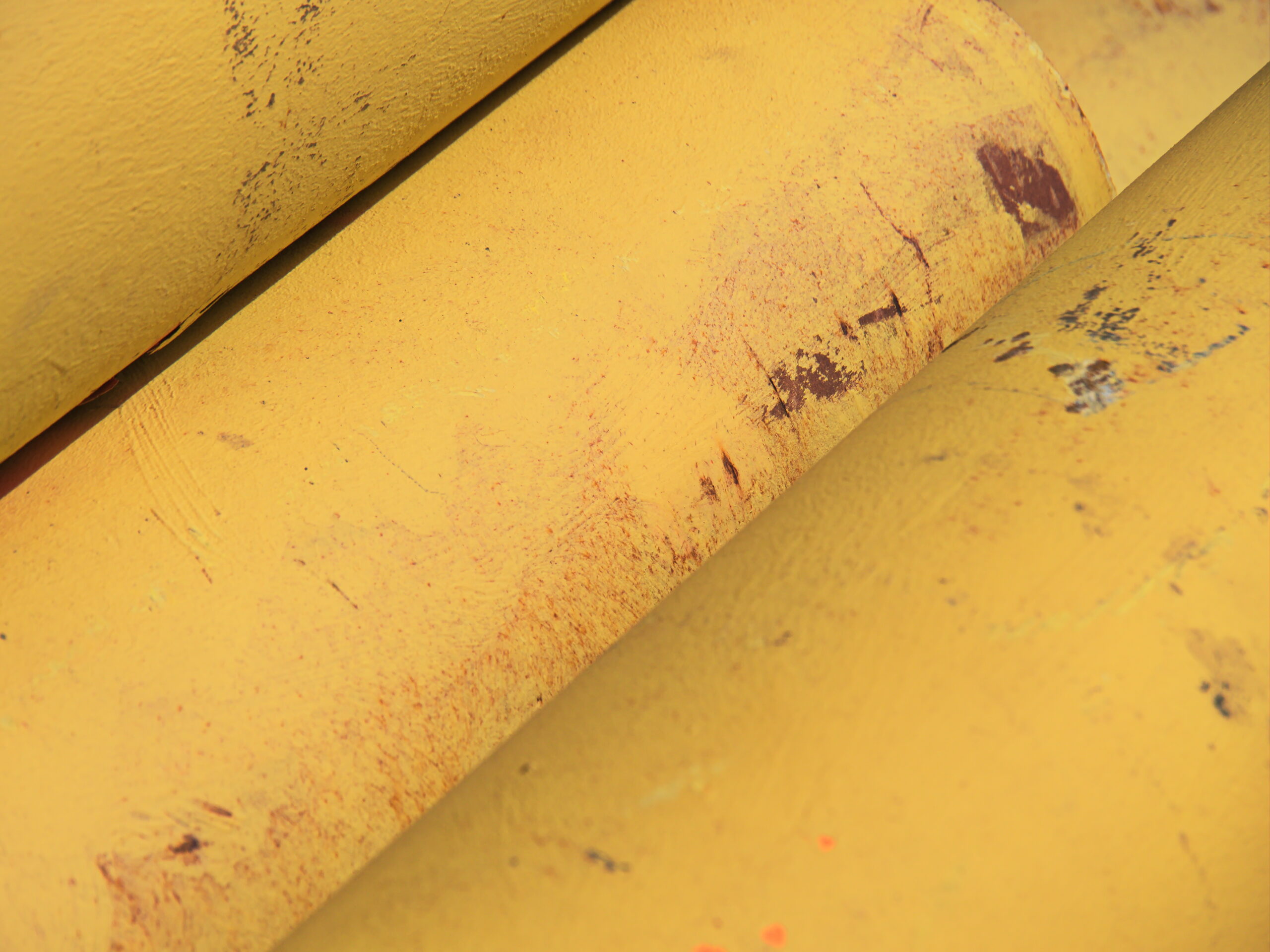Green Chromium Oxide Refractory Uses Clarified.
It’s a fact that about 80% of the world’s chromium output is used for producing refractory materials? Green chromium oxide, scientifically called Cr2O3, is remarkable for its exceptional properties. These qualities turn it into essential in high-temperature applications. It enhances durability and resistance to oxidation in a range of industries.
This article will explore the wide range of uses of chromium oxide in refractory materials. We will underscore its importance in modern industry. Let’s uncover why this adaptable compound is indispensable.
Overview of Green Chromium Oxide
Green chromium oxide is a vibrant green powder well-known for its versatility and durability. It is key in the sector of refractories thanks to its distinct features. This compound goes beyond improving the look of items, but also provides substantial functional benefits for challenging tasks.
In the sector of refractories, chromium oxide green is essential. It improves the high-temperature resistance and longevity of substances in challenging settings. This covers uses in iron and steel industries and glassworks. As industries evolve, the material’s importance increases, providing answers for thermal challenges where endurance is essential.
Green chromium oxide is not merely a colorant; it’s a key ingredient for durable heavy-duty tasks. Its flexibility and robustness make it a necessary component in the creation of durable refractory materials.
Grasping Chromium Oxide and its Composition
Chromium oxide, primarily known Cr2O3, is a substance formed from chromium element and oxygen. Its chromium oxide composition displays unique features that boost its use across various sectors. This material’s makeup is solid and reliable, offering durability in demanding settings.
The thermal endurance of chromium oxide are prominent in industries demanding compounds that can endure intense thermal conditions. It shows a robust ability to resist thermal shock. This makes it ideal for refining and other industrial processes where heat is important.
Grasping the complexities of the makeup of chromium oxide aids industries utilize its inherent benefits. Its ability to endure pressure enhances overall performance. This places green chromium oxide as a leading candidate among refractory materials.
Importance of Chromium Trioxide in Refractories
Chromium trioxide is vital for the performance of refractories due to its distinct features. It boosts the reliability and long-lasting nature of these substances in extreme conditions. This knowledge is important for grasping its role alongside chromium oxide in different industries.
Function of Chromium Trioxide in Boosting Stability
Thermal-resistant substances are required to endure intense thermal conditions without breaking down. Trioxide of chromium improves their ability to resist heat and internal strength. This leads to less damage, turning it into essential for industries needing high-performance materials.
Side-by-Side Evaluation of Green Chromium Oxide and Trioxide of Chromium
Chromium oxide and chromium trioxide have distinct roles in refractory materials. Both are important, but vary in their features:
| Feature | Green Chromium Oxide | Chromium Trioxide |
|---|---|---|
| Steadiness | Consistent thermal tolerance | Boosted heat resistance |
| Use | Frequently applied in refractories | Suited for extreme heat conditions |
| Durability | Satisfactory resilience | Notably enhances strength |
This side-by-side look highlights the distinct roles of green chromium oxide and trioxide of chromium to thermal-resistant substances. Their unique traits enhance effectiveness and lifespan in various industrial settings.
High-Temperature Resistance Properties of Green Chromium Oxide
Chromium oxide green displays remarkable properties, turning it into perfect for thermal uses. Its temperature threshold can reach to 2400°C, providing unsurpassed reliability in harsh environments. This is crucial for sectors requiring durability, most notably in steel smelting processes.
Heat Tolerance and Strength
Chromium oxide green is well-known for its high melting point, crucial for preserving the durability of refractories. This heat tolerance enables it to tolerate extreme heat without losing shape. Its ability to resist melting turns it into a necessity in environments where reliability is crucial.
Applications in Steel Smelting
In metalworking, chromium oxide green’s ability to withstand heat is invaluable. It’s often utilized in thermal-resistant building blocks for kilns and kilns. These blocks are subjected to harsh heat and need to maintain integrity. Green chromium oxide’s thermal endurance makes them effective, improving efficiency in metalworking.
Gains of Chromium Oxide Green in Refractories
Chromium oxide green significantly enhances refractory compounds, crucial for various industrial uses. It enhances structural features and oxidation resistance. These enhancements boost the longevity and effectiveness of refractory products.
Boosting Physical Strength
Incorporating chromium oxide into refractory materials greatly enhances their mechanical properties. Important gains are:
- Boosted resilience: Green chromium oxide’s toughness makes materials more resilient against wear.
- Greater resistance to abrasion: Its makeup reduces damage from heavy usage, lengthening the lifespan of materials.
- Increased bending resistance: This characteristic lets refractories to withstand external forces, fitting challenging environments.
Oxidation Endurance in Extreme Heat
Green chromium oxide’s resistance to oxidizing conditions is essential in high-temperature environments. The gains are:
- Extended longevity: Refractories resist degradation, withstanding intense heat.
- Enhanced operational efficiency: They experience less material loss, ensuring consistent performance in industries.
- Minimized replacement needs: Less frequent replacement of substances lowers operational costs for sectors using refractories.
These chromium oxide green benefits enhance refractory performance and promote eco-friendliness. They prolong product use and minimize environmental impact.
Understanding the Uses of Chromium Oxide Green in Refractories
Green chromium oxide has become crucial in various fields due to its unique characteristics. It is effective in numerous fields, from metal manufacturing to glass production. Its importance as a key ingredient in heat-resistant compounds underscores its significance.
Industrial Uses
Green chromium oxide is essential in various fields for improved efficiency. Here are the main industries and their specific uses:
- Iron and Steel Production: It’s employed in manufacturing refractory components and thermal-resistant castables, providing temperature durability and endurance against usage.
- Glass Manufacturing: In heat-resistant coatings, it ensures thermal endurance and delivers chemical integrity.
- Pottery Production: As a dye in glazes, it enhances aesthetic appeal, strength, and material strength.
- Cement Production: It boosts the quality of refractory materials for extreme heat settings.
Diverse Uses of Refractories
Green chromium oxide’s flexibility goes beyond one field. Its roles include a vast array, such as:
- High-performance refractory bricks
- Moldable refractory materials for harsh environments
- Heat-resistant furnace linings
- Ceramic materials requiring thermal durability
This diverse field of applications proves green chromium oxide’s significance in improving manufacturing processes. Its unique qualities enable companies achieve their operational goals, promising improved output and material longevity.
Key Industrial Uses of Chromium Oxide Green
Chromium oxide green is crucial in various industries, known for its multi-use capabilities and efficiency. It is frequently utilized in the sector of refractories, boosting temperature durability and structural integrity. This material is vital in materials developed for harsh environments.
In the manufacture of heat-resistant bricks and linings, green chromium oxide stands out. These components are critical in extreme heat environments like ovens, heat chambers, and thermal destruction systems. Adding chromium oxide green enhances their effectiveness, promising they last longer and offer dependable use.
- Ceramics: Green chromium oxide is vital in ceramics, improving color retention and build quality.
- Metallurgy: It is used in metallurgy for instruments and parts requiring heat tolerance.
- Glass Industry: In glass production, green chromium oxide ensures the strength of glassmaking chambers.
This material is important outside standard uses but also in modern materials. The drive for sustainable methods is promoting its use in advanced refractory composites.
As sectors shift toward performance and productivity, green chromium oxide continues to be vital. Its broad field of applications highlights its role across different industries. This proves its significance in the advanced thermal-resistance industry.
Methods of Producing Chromium Oxide Green
The manufacture of chromium oxide green employs multiple proven methods, each with distinct benefits and challenges. These approaches are vital for manufacturing pure green chromium oxide, vital for its diverse uses. Techniques such as combustion, water-based, and precipitation play pivotal roles in production and product consistency.
Widely-Used Manufacturing Methods
Numerous conventional manufacturing processes are used in green chromium oxide production. These consist of:
- Ignition Process: This process involves the ignition of chromium compounds with natural components. It is efficient and has a low environmental impact.
- Water-Based Technique: This method employs the interaction of chromium oxides in an aqueous solution under elevated pressure and thermal conditions. It produces high-purity products.
- Solid Formation Process: This technique involves the solid formation of chromium compounds from liquid mixtures. It allows for control over particle size and shape.
Each process provides distinct benefits, such as cost efficiency and scalability, but also presents challenges like quality and irregular granule dimensions. Picking the best technique significantly impacts the output characteristics and its effectiveness for specific applications.
Quality Control in Production
Maintaining standards is important in the production of green chromium oxide. It ensures the produced material adheres to required norms for cleanliness and regularity. Key factors to monitor are:
- Frequent evaluation of starting compounds to guarantee good-quality components for manufacturing chromium oxide green.
- Control of manufacturing conditions, such as thermal levels and force, during the different preparation methods.
- End-result analysis for makeup and characteristics, ensuring compliance with desired specifications.
Reliable monitoring techniques improve the consistency and performance of green chromium oxide for its various industrial applications. This underscores the vital nature of these creation methods in the complete manufacturing system.
Sustainability in the Production and Use of Chromium Oxide Green
The movement toward green practices is reshaping the chromium oxide green industry. Environmental protection is now a primary focus as producers look for ways to lower environmental impact. By embracing eco-friendly methods, they lower harmful output and conserve materials.
Adopting eco-friendly methods into the manufacturing of green chromium oxide fulfills regulatory requirements and customer preferences. Manufacturers are now increasingly mindful of their environmental impact. By using advanced processes, they see improvements such as:
- Using waste materials in production, which reduces reliance on raw materials.
- Boosting energy efficiency in creating products.
- Enhancing recycling practices to minimize environmental harm.
Chromium oxide green’s sustainable use is also evident in numerous industries. For instance, it is instrumental in exhaust gas treatment systems, reducing toxic output. This shows the vital role of green initiatives in the sector of heat-resistant materials.
| Technique | Overview | Impact on Sustainability |
|---|---|---|
| Resource Efficiency | Using recycled materials for production | Minimizes raw material extraction |
| Energy Efficiency | Techniques to lower energy consumption | Minimizes carbon footprint |
| Emission Reduction | Incorporating pollution control technology | Lessens harmful pollutants released |
| Waste Minimization | Optimizing waste recycling processes | Minimizes material waste |
As sectors shift toward eco-friendly practices, chromium oxide green production and application become crucial. They illustrate how eco-conscious methods and innovation can combine, setting the stage for a more sustainable future.
Advancements in Refractory Uses of Chromium Oxide Green
The landscape of heat-resistant material use is headed toward substantial evolution, notably with the advancements in green chromium oxide. As companies focus on sustainability, the next phase of this material becomes increasingly crucial.
Emerging technologies are pushing the boundaries in how chromium oxide green is used, including:
- Better temperature endurance for enhanced functionality in challenging settings.
- Advanced mixtures that broaden its application in metallurgy and pottery.
- Innovative manufacturing techniques to minimize ecological footprint while maintaining quality.
The incorporation of green chromium oxide into new heat-resistant materials promises effective solutions for global industries. Relentless R&D is set to leverage this material’s unique properties. This ensures it stays important in modern heat-resistant products.
By adopting these innovations, industries can enhance the performance and sustainability of their refractory products. This makes the future of chromium oxide green very promising.
Summary
Chromium oxide green is a key compound that enhances the strength and performance of heat-resistant materials across multiple industries. Its unique features, such as thermal tolerance and resistance to oxidation, are crucial for the steel industry and ceramics production.
The analysis of the uses of green chromium oxide showcases its adaptability and significance in modern manufacturing. Future developments in production expand its possibilities, guaranteeing it continues to be essential for reliable applications.
As the trend toward eco-friendly production expands, chromium oxide green’s role is likely to expand. Its involvement in producing eco-friendly refractories highlights its essential part in the future of the refractory market. This guarantees improved performance and productivity in a rapidly evolving industrial field.



